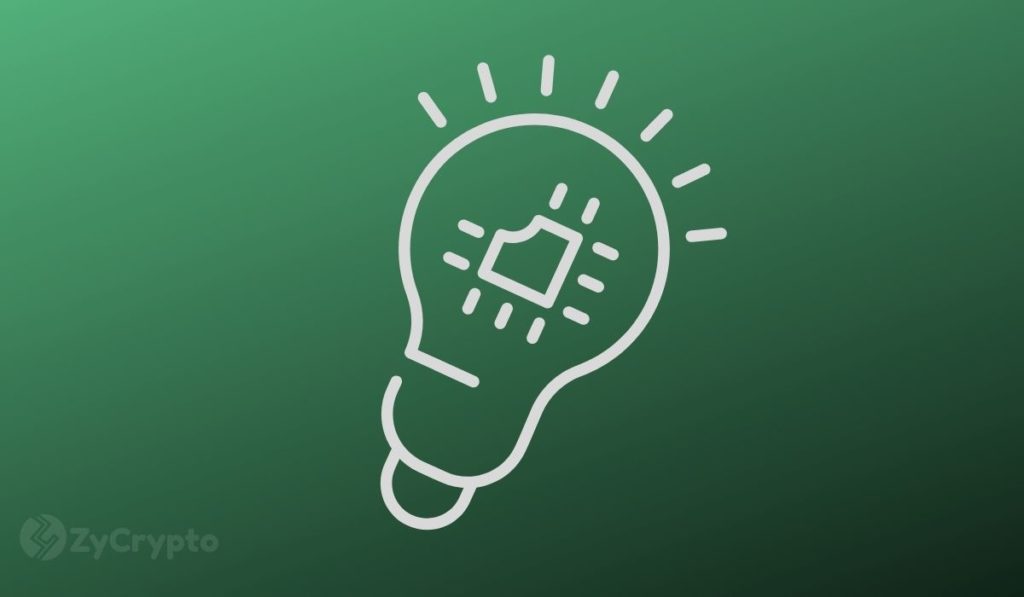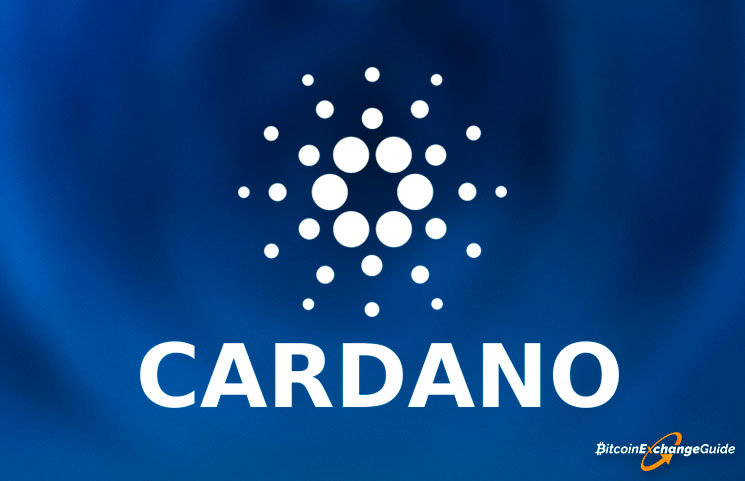2018-10-29 12:00 |
If there is any one thing that stands out amongst all of the benefits that Ethereum has brought to the cryptocurrency industry, it is the implementation of smart contracts. However, smart contracts were just the beginning, as they opened the door for decentralized applications, which are more commonly known as “dApps.”
The Ethereum network has seen so many budding smart contracts and dApps pop up that there are many times when it becomes congested with traffic. Luckily, there have been multiple developers that have created third-party platforms that connect with the network but make it possible to improve processing speeds like Raiden, which was created by a co-founder of Ethereum. However, some projects have abandoned Ethereum’s effort in lieu of technologies that permit improved scaling.
Until now, the ability to create a more scalable solution has been involved a lot of work, bringing various application to the EOS architectures. Enter shEOS.
shEOS is a firm that has been supporting companies that aim to launch new EOS tokens, while giving the infrastructure required for the network. Now, they have a new protocol called EOS21, which allows ERC-20 tokens to be more smoothly transitioned to the network.
In a post on Steemit, the company noted,
“We think developers should have that technical and creative freedom, so we designed a protocol to make it possible.”
The blog continues, saying,
“Recently, the importance of one specific development has become clear to us, and that is inter-blockchain communication and interoperability. […] How empowering would it be for developers to have freedom to move their tokens to any chain they wanted to? To any chain they felt best addresses the needs of their particular project. It’s widely known that each blockchain offers certain qualities that make it more appealing depending on the needs of the dApp developer.”
The changes will not necessarily impact daily users right away, but it could lead them away from the Ethereum MainNet and to the more appealing EOS environment. EOS has the scalability to process transactions faster and handle the traffic of the users, mostly due to the multiple firms that support the shEOS servers. Though it may not benefit the users noticeably right now, developers and firms that want a network with better performance could see a major change.
With so many applications, EOS tokens could easily see pairings with traditional Ethereum tokens in many applications. In fact, the firm believes that ETH transactions and EOS transactions could be validated interchangeably on each other’s networks. From there, it is possible that that other projects and blockchains could follow suit.
origin »Ethereum (ETH) íà Currencies.ru
|
|






















